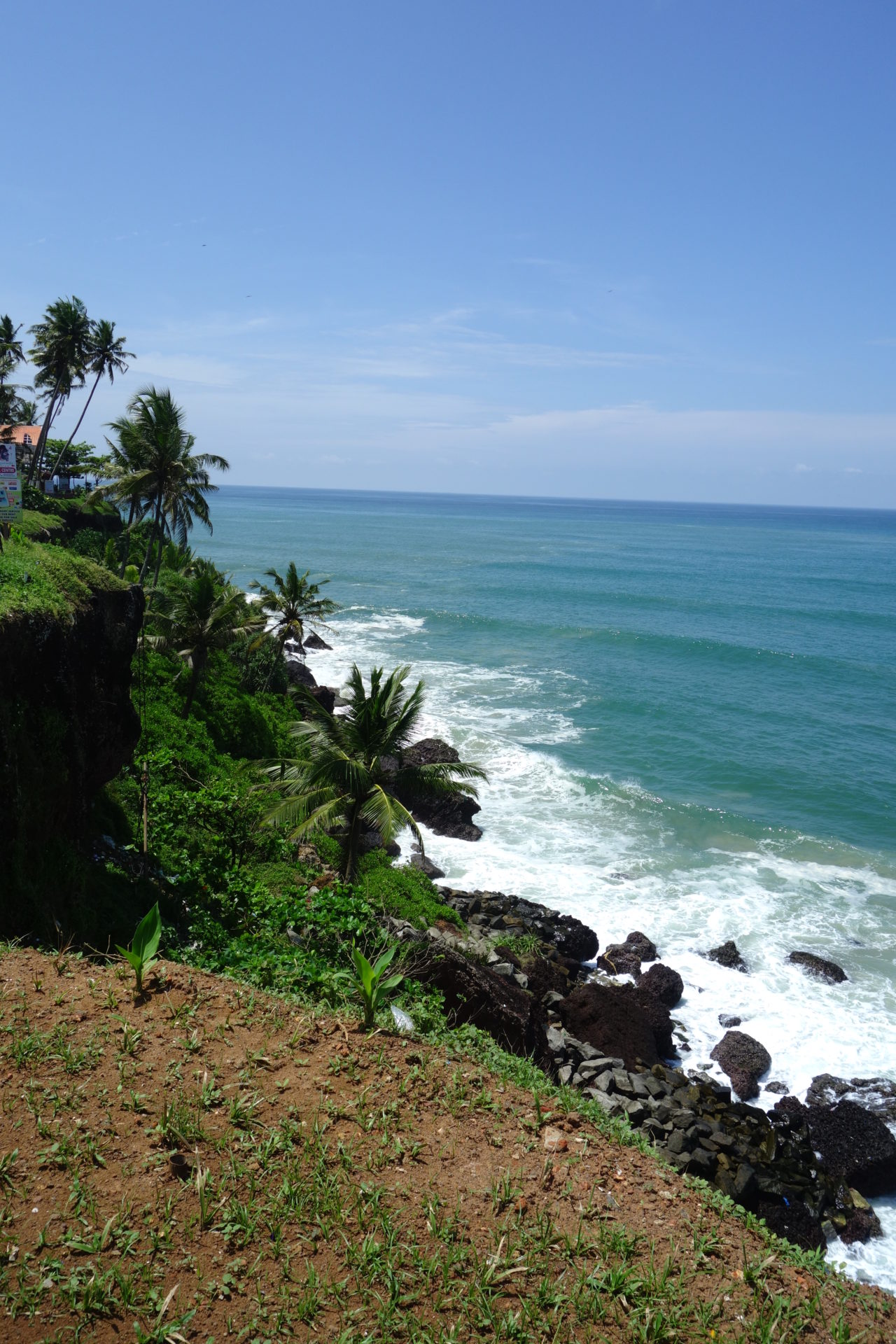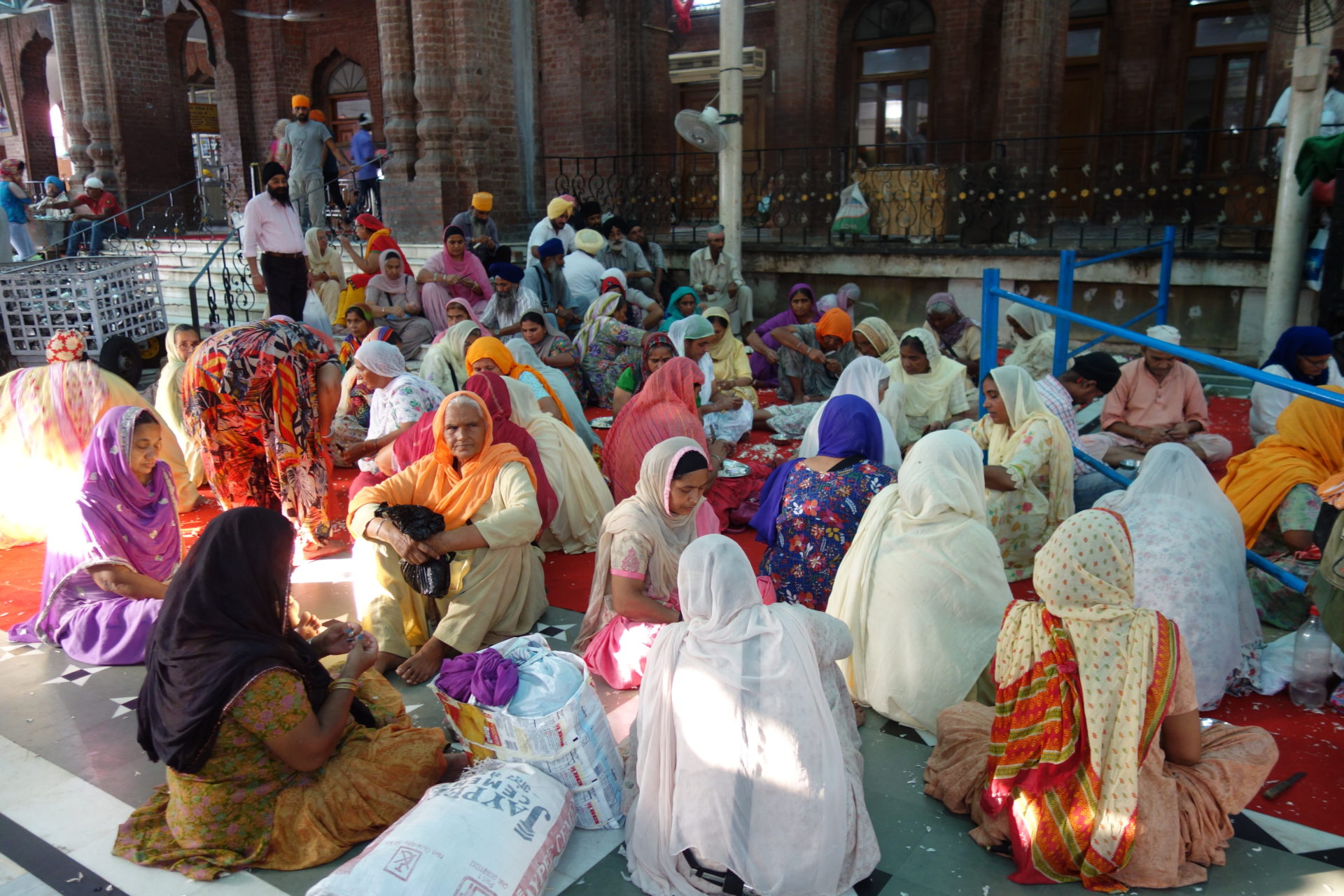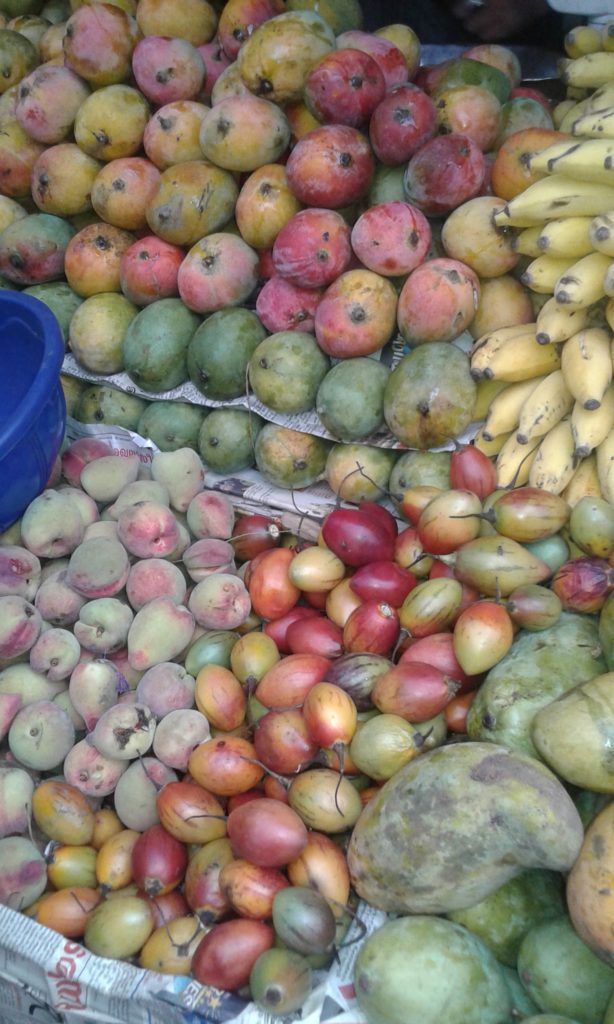General information
People, animals and landscapes
India, with an area of 3,287,490 square kilometers, is one of the most diverse and impressive countries in the world, scenically, culturally and spiritually. The world’s highest mountain range,the Himalayas, sits on its top as a crown. With countless mountains above an altitude of 6000 meters, green lush valleys and raging rivers, the Himalyas, still largely untouched by tourism, invite you into their beautiful abode.

The highest peak in India is Mount Kanchenjunga, with a height of 8598 meters . Rare snow leopards or bears can be found here. The Himalyas have a mix of ancient Hindu and Buddhist traditions witht world renowned tempoles and monasteries. A majority of the approximately 100 000 Tibetan refugees in India live here.
.
The high mountains form a natural border in the north with India’s neighbors China, Tibet, Nepal, Bhutan and Myanmar. To the west, India borders Pakistan, and to the East, Bangladesh. The rest of the subcontinent is surrounded by the Indian Ocean. The Himalayas are the source of the Ganges, the longest and most important river in India. With a little luck you can spot rare dolphins in the Ganges or the Brahamputra, another major river.
In addition, the holy Ganges is probably home to the oldest and holiest places in India. The important pilgrimage sites of Rishikesh, Haridwar and Varanasi draw us deep into the ancient Hindu culture with yoga, religious ceremonies, traditional rituals and true spirituality.

The wide fertile Ganges Plain is contrasted by the Thar Desert in western India in the state of Rajasthan. It is worth taking part in a camel safari and visiting the beautiful palaces. Tigers and lions can be found in natural reserves in this part of the country.

In the depths of the ancient forests of eastern, central and southern India, you can come across wild elephants (India’s largest mammal), rhinos (in the swamps of Assam) and even tigers, which were long considered endangered in India. Monkeys can be commonly found and are considered sacred because of the heritage of Lord Hanuman, a famous Indian God.
However, India’s holiest animal remains the cow. This is due to its traditional benefits in agriculture and as a provider of milk. In fact, it is a common image to see cows wandering around freely everywhere.
India’s birdlife is also extremely diverse, with more than 1,200 native species – more than in the whole of Europe. The peacock is considered a national bird and can be found across the country.
Half of all reptile species in India are snakes, including the venomous king cobra and tiger python. They are mainly located in central and southern India, but mostly hide in the shade and are rarely seen. But South India has much more to offer: remarkable and colourful Hindu temples, many national parks (there are 92 in total in India) in the western ghats, tea and spice plantations and the Arabian Sea ( west coast) and the Bay of Bengal (east coast) in the Indian Ocean offer beautiful sandy beaches. India extends to the Andaman/Nicobar islands and the coral atolls of Lakshadweep.

To add on to India’s unique landscapes and nature, is the hustle and bustle of colorful and crowded cities. With more than 1.2 billion inhabitants, India is the second most populous country in the world.

Haggle in the bazaars and marvel at the variety of spices. It is quite possible that you have to communicate with your hands, as there are almost 100 different local languages, with Hindi and English being the major languages.
India is a multi-ethnic state whose ethnic diversity is easily comparable to that of the entire European continent.
Enjoy the unique culture and mix of religions. Four major world religions were born in India: Hinduism (followed by nearly 80% of the population), Buddhism, Jainism and Sikhism. Islam (13.4%) came as a result of foreign invasions, Christianity (1.9%) through early missions in the first century and then through colonialism, Parsism (Zoroastrianism) due to immigration into the country.
With its Tibetan government in exile, Dharamshala in the north of India is always worth a visit. Also an overnight stay in the Golden Temple of the Sikhs in Amritsar is worthwhile. You can also choose to spend a few relaxing days on the beach in the majorly Christian Goa. The world famous Taj Mahal, one of the seven wonders of the world, is obviously a must visit.

Unfortunately, India’s poverty is still a very topical issue. Especially in rural regions, such as the states of Bihar and Madya Pradesh, people suffer and are threatened by natural disasters. Often there is a rural exodus to the city. There are countless poor neighborhoods in the big cities. More than 44% of India’s population lives on less than a US dollar a day. If you stay longer in India and want to help, we are happy to arrange volunteering with one of the many NGOs.
Indian Food

If you really want to get to know India, you can’t help but try out Indian cuisine. As with the languages and culture, every region has its unique dishes, preparation methods and ingredients. But there is one thing all Indians have in common: the love of rice with lots of vegetables and lentils. Non vegetarian delciacies, mostly chicken and lamb, can also be found all across the country, although not so abundantly as in western countries. Fish is obviously popular in the coastal regions. In the north, various flatbreads, such as Nan and Chapati, are very popular.
In addition, dairy products are abundantly found in the form of curd, ghee, yogurt or lassi.
Tea, especially milk tea with different spices is very common at almost any time of the day. The South of the country is known for its indigenous coffee.
The Indians love desserts, but the normal European palate has to get used to the sweetness of it.
In addition, there are many snacks prepared on the Indian streets, which are mostly fried.
Fruits are plentiful in India.

High mountains, noisy crowded and colorful cities of millions, huge deserts, spicy versatile food, yoga, poverty, traditional rituals, lived spirituality, small isolated villages, Ayurveda, diverse religions … all come together to make India a must vist place. Immerse yourself in the fascinating world of Indians and discover their very personal India.
Climate in India
The Indian climate is mainly influenced by the southwest monsoon. From June, the rainfall moves from south to north, giving great relief to people eagerly awaiting the cooling showers. The summer months of April ,May and June are the hottest of the year. From September the rainy season subsides and it can get a bit hotter again. Most of the precipitation falls on the west coast, the slopes of the Himalayas and in northeastern India. It is the driest in the Thar desert and in the cold desert mountain regions of Ladakh and Spiti.

The southeast is also affected by the northeast monsoon from October, so there are two rainy seasons here.
With the exception of mountain regions, north and central India has a predominantly subtropical continental climate, while the south and coastal areas have a more maritime climate. In the north, for example, there are sometimes significant temperature fluctuations during the year. In the northern lowlands, while the maximum temperatures run from 10 to 15°C in December and January; in the hottest period between April and June, maximum temperatures of 40 to over 50°C are possible. In the south, on the other hand, it is (relatively constant) hot all year round.
In the mountainous regions of the Himalayas, the climate is relatively cooler. There is winter with snowfall, followed by the slightly warmer and longer summer time from April to mid-October. From mid-August to mid-September, the monsoon shows up, but does not extend over the mountain ranges to Jammu and Kashmir, so that it stays dry in the far north all year round.
Yoiui can visit India all year round depending on which parts you want to visit- for the plains, the best time is from November to March. The best time to travel to the mountain regions is between May and October.
Time difference
Central European Time (CET) +4 1/2 hours (during European daylight saving time +3 1/2 hours).
Electricity
European plugs fit into the Indian sockets. Usually there is 220 volts alternating current, 50 Hertz. In many places, one has to expect strong voltage fluctuations and power failure. An adapter is advisable.
During our trekking and cycling tours there will be no access to the power grid. To charge cameras, phones, etc. either bring power banks or have extra batteries with you.
Post/Telephone/Internet
Post
Post to Europe needs: about 6-8 days as air mail (necessarily mark!) and as sea freight approx. 2-3 months.
Phone
The area code of India is 0091.
Emergency Numbers: Police 100/22 97 15 00 (from mobile phone 112), fire brigade 101, ambulance service 102/108.
It is recommended to buy an Indian Sim card in India. Calls from India to Europe cost about 10 rupees per minute. For the phone call from Europe to India there are many low-cost area codes, on the Internet for as much as 1 cent per minute.
Internet
Internet cafes and Wi-Fi are now almost everywhere, especially in the big cities and tourist resorts. However, power outages and slow connections can be a problem in some far flung areas.
Holidays
26 January: Republic Day
March Mahashivratri, Good Friday
March/April Holi (Colour Festival)
April Ram Navami, Mahavir Jayanti
May 25: Buddha Purnima
15 August (Independence Day)
August Janamashtami, Breaking the fast at the end of Ramadan
October 2: Mahatma Gandhi’s birthday
October Dussehra, Muslim Feast of Sacrifice
October/ November Diwali
November 17: Guru Nanak’s birthday
December 25: Christmas
Some holidays shift from year to year according to the lunar calendar.
Before a trip, it is worth checking about the holidays and festivals in India, as they are usually a big spectacle.
Opening hours
Banks: Mon to Fri 10/11-14/15 o’clock (deviations are possible), partly also Sat 10/11-12/13 o’clock;
Offices: Mon to Fri 10am-1pm, 2pm-6pm;
Government offices: generally Mon to Fri 10 am-5 pm (lunch break is taken at different times, but at least from 1 pm-2 pm);
Shops: Mon to Sat about 9.30 am- 9 pm with lunch break. Smaller shops are open from early in the morning until late at night;
Restaurants: daily 8 am – 10 pm
Post office: Mon to Fri 10am-5pm, Sat 10am-1pm, longer in major cities (lunch break 1pm-2pm).
Money
Currency unit: Indian Rupee (INR)
1 Indian rupee = 100 paise.
The current course was May 2020:
1 Euro = approx. 83.00 IR
Please check the exchange rate before exchanging money, as the exchange rate offerred by some shops may be quite bad. ATMs can be used to withdraw local currency and are abundantly available at airports and across the country.
With credit cards you can easily withdraw up to 10,000RS (approx. 140 Euro) at the ATMs . With credit cards from some institutions you can even withdraw money for free.
Nevertheless, it is recommended to have some cash (100-200 €) with you for the emergency.
In addition, in many places you can also pay cashless by credit card. However, a fee of at least 3% is often charged for this.

